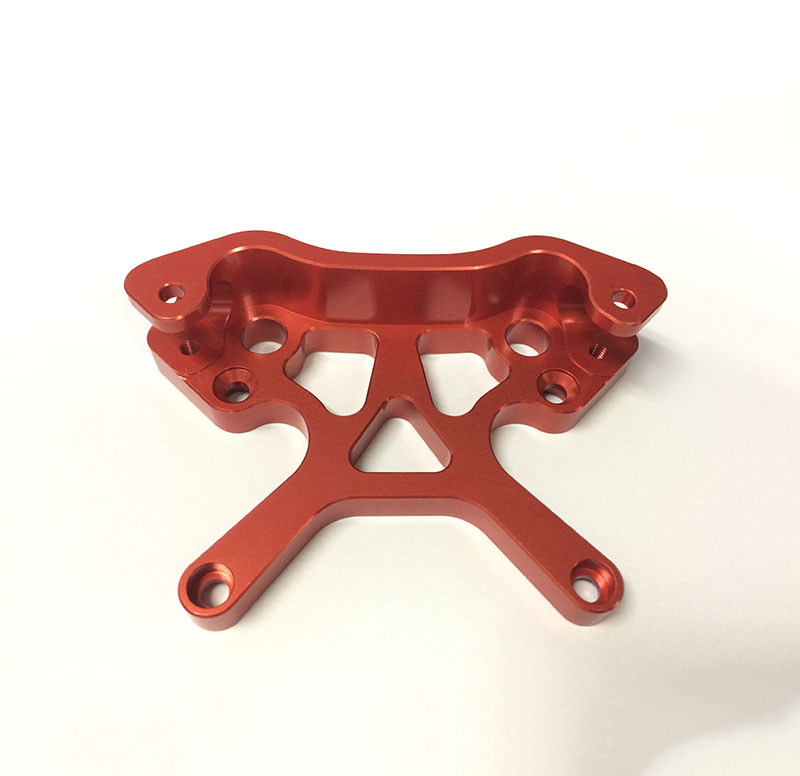Mechanical machining causes mechanical wear due to various reasons such as workpiece material, environment, and processing methods. Mechanical wear is very harmful to the quality, precision and processing efficiency of the product. Therefore, for Custom Aluminum Parts Factory who is machining, it is very important to prevent the machining.
1. Common types and characteristics of mechanical wear
1) Running and wear
The wear of the machine under normal load, speed and lubrication conditions is very slow.
2) Hard grain wear
The abrasive particles dropped by the part itself and the hard particles entering the outside cause mechanical cutting or grinding and damage the parts.
3) Surface fatigue wear
Under the action of alternating load, tiny cracks and spot-like pits are generated, which cause damage to the parts. Such wear is related to pressure magnitude, load characteristics, machine material, and size factor.
4) hot wear
During the friction process, the metal surface wears and the internal matrix generates hot zone or high temperature, which causes the parts to have temper softening, burning and wrinkling, etc., which often occurs in high-speed and high-pressure sliding friction, and the destructiveness of wear is prominent. Accompanied by the nature of accident wear.
5) Corrosion wear
Chemical corrosion causes wear and tear, and the surface of the part is attacked by acid, alkali, salt liquid or harmful gas, or the surface of the Aluminum Model Parts is combined with oxygen to form a hard and brittle metal oxide which is easy to fall off and the parts are worn.
6) Phase change wear
The parts work in the high temperature for a long time, the metal structure grains on the surface of the parts become larger, and the small oxidation around the grain boundaries produces fine gaps, which makes the parts fragile, wear resistance decreases, and the wear of the parts is accelerated.
7) Fluid dynamic wear
Wear of the surface of the part caused by the liquid velocity or particle flow rate impacting the surface of the part.

